Develop a model to describe that matter is made of particles too small to be seen.
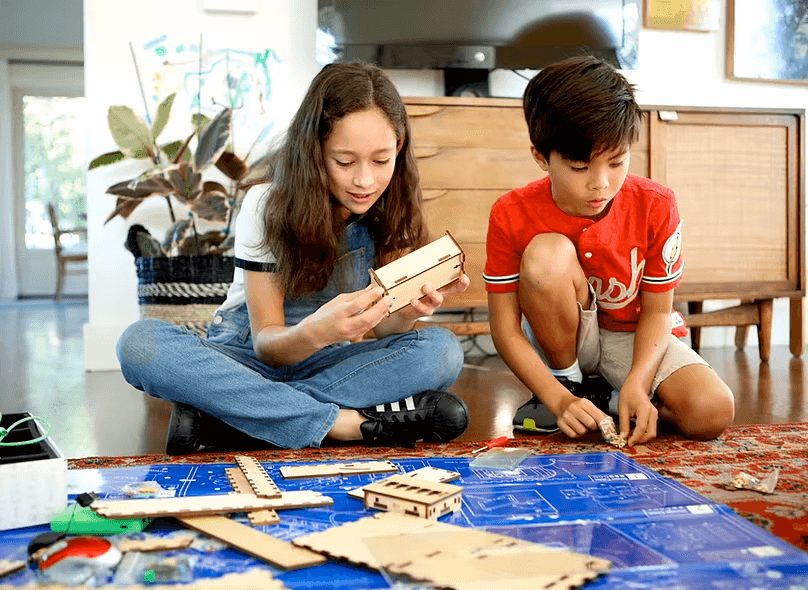
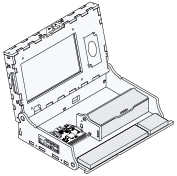 Piper Computer Kit
Piper Computer Kit
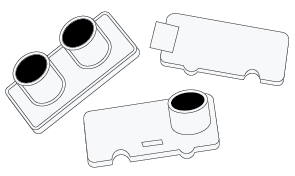 Sensor Explorer Kit
Sensor Explorer Kit
Have students discuss how we decide what’s “fast” and what’s considered “slow.” The goal is to clarify that qualitative data is dependent on the context, whereas quantitative data is not.
To push the idea further, on Slide 4, we bring up the use of different units of measuring speed: how will we compare speeds at kilometers per hour instead of miles per hour? There is a relationship between the two units that allows us to convert to miles per hour.Have students go to PiperCode on the Piper Computer Kit and complete the project tutorial entitled “Ther-mood-stat” found under “Sensors” in the project menu.
Discuss: Review Ther-mood-stat with students.
Do a TPS (Think-Pair-Share) with new partners to share responses to the Discussion Questions in Ther-mood-stat PiperCode project tutorial.
Discussion questions from the tutorial using slides 8-13 in the Lesson 2 Slide Deck.
Defining Temperature as Kinetic Energy.
Use slides 13-14 to explain temperature.
(Optional): Explain how voltage allowed the sensor to measure an object’s temperature.
 Soil and Plant Scientist: Salary $65,730/yr
Soil and Plant Scientist: Salary $65,730/yr
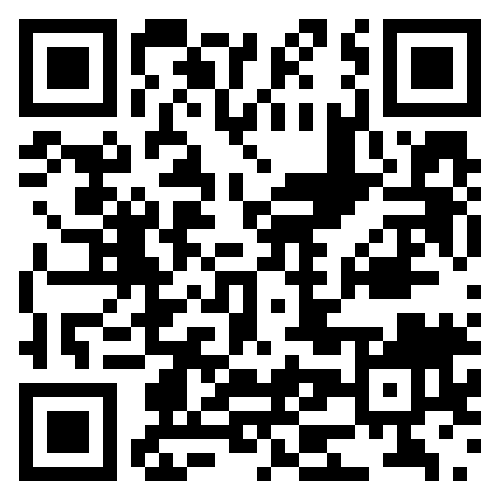 Meteorologist: Salary $92,860/yr
Meteorologist: Salary $92,860/yr
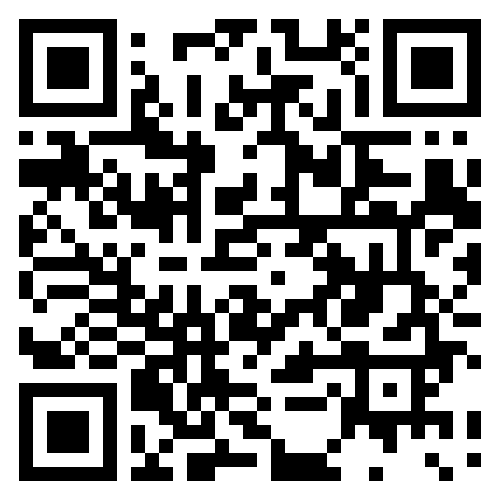 Air Conditioning Installer: Salary $57,300/yr
Air Conditioning Installer: Salary $57,300/yr
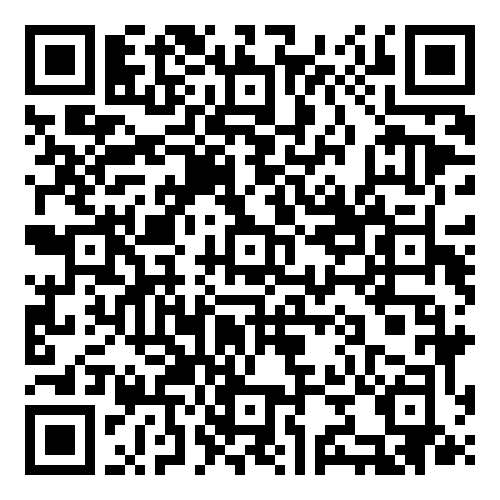 Hydrologic Technician: Salary $53,360/yr
Hydrologic Technician: Salary $53,360/yr
Energy The ability to do work or cause change. In the science of temperature, energy refers to heat or thermal energy, which moves through materials or substances. For example, when you heat something up, you're adding energy to increase its temperature, causing it to become warmer.
Qualitative Data Information that describes qualities or characteristics, rather than using numbers. It includes details like colors, textures, and feelings. For example, if you're studying a plant, qualitative data might describe the plant's leaf shape or color, rather than measuring its height or weight.
We are excited to be aligned with the following standards.

| Concept | Standard |
|
Develop a model to describe that matter is made of particles too small to be seen. |
3-5-PS1-1 |
|
Make observations and/or measurements of an object’s motion to provide evidence that a pattern can be used to predict future motion. |
3-PS2-2 |
|
Develop a model of waves to describe patterns in terms of amplitude and wavelength and that waves can cause objects to move. |
4-PS4-1 |
|
Develop a model to describe that light reflecting from objects and entering the eye allows objects to be seen. |
4-PS4-2 |
|
Generate and compare multiple solutions that use patterns to transfer information. |
4-PS4-3 |
|
Use a model to describe that animals receive different types of information through their senses, process the information in their brain, and respond to the information in different ways. |
4-LS1-2 |
|
Develop a model to describe the cycling of matter and flow of energy among living and nonliving parts of an ecosystem. |
MS-LS2-3 |
|
Develop a model that predicts and describes changes in particle motion, temperature, and state of a pure substance when thermal energy is added or removed. |
MS-PS1-4 |
|
Plan an investigation to determine the relationships among the energy transferred, the type of matter, the mass, and the change in the average kinetic energy of the particles as measured by the temperature of the sample. |
MS-PS3-4 |
|
Construct, use, and present arguments to support the claim that when the kinetic energy of an object changes, energy is transferred to or from the object. |
MS-PS3-5 |
|
Develop a model to describe that waves are reflected, absorbed, or transmitted through various materials. |
MS-PS4-2 |
|
Develop a model to describe the cycling of water through Earth's systems driven by energy from the sun and the force of gravity. |
MS-ESS2-4 |
|
Ask questions to clarify evidence of the factors that have caused the rise in global temperatures over the past century. |
MS-ESS3-5 |
|
Obtain and combine information to describe climates in different regions of the world. |
3-ESS2-2 |